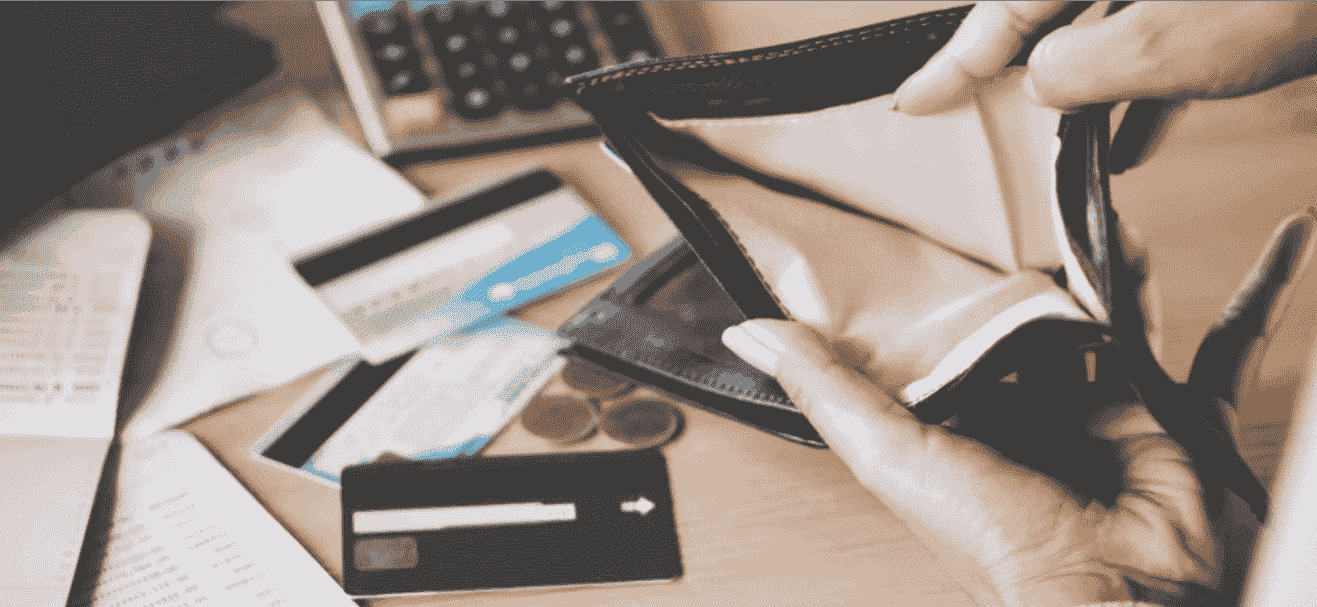
An all-time high level of credit card debt in the United States has been piled up by the country’s residents: nearly one trillion dollars.
Rising inflation and the conclusion of economic stimulus programs have compelled many individuals to deplete their savings and rely on credit cards to afford the cost of essentials.
Credit Card Debt Is A Slippery Slope
Possessing even a little amount of debt without the purpose or ability to make timely payments might open the floodgates to incurring additional debt. And as a result of the Federal Reserve’s campaign to contain inflation by increasing interest rates, credit card debt repayment is becoming increasingly expensive.
If you are one of the millions of Americans attempting to get out of credit card debt, there is a way out, but it may involve a great deal of discipline.
Here are some of the most effective strategies for paying off credit card debt and being debt-free in the future.
Start A Budget
Marc Russell, the founder of BetterWallet and a member of National Debt Relief’s Financial Health Board, recommends planning in order to minimize overspending.
In addition, Marc Russell recommends breaking down all monthly expenditures into individual categories, such as food, gasoline, payments for a vehicle, housing, utilities, debt, and so on. After that, divide total income by total expenditure.
If expenses exceed income, cut spending. Perhaps you can get by without the faster, more expensive internet plan or by taking fewer Ubers and relying on slower public transportation.
Russell cautioned against considering unutilized paychecks as additional money since this could lead to excessive spending. Instead, identify it. Put some money into a “beauty goods” bucket if you know you’ll need makeup in a month.
After graduating from college in 2012, Russell was able to pay off $10,000 in credit card debt using this strategy. He allocates $20 per week to his 2011 automobile, which he anticipates will soon require repairs.
Debt Payoff Calculator
Plan out how long it will take you to pay off your credit card debt once you’ve completed this step. You can get an idea by using a debt repayment calculator to enter your balance, interest rate, and expected monthly payment.
According to Experian, the average American has $5,910 in credit card debt. Creditcards.com reports that the average annual percentage rate (APR) on a credit card is currently 20.37 percent.
If Americans just made the minimum monthly payments on their credit cards, which are typically between 2% and 3% of their total if they owe more than $1,000, it would take five years to pay off their debt.
Read more: Scientists have resurrected ‘zombie’ virus that had been trapped in permafrost for 48,500 years
Contact Your Credit Card Company

Rachana Bhatt, head of Credit Cards at PNC Bank, recommends contacting your credit card issuer if you’re experiencing difficulty making your minimum monthly payments.
If you fail to make these payments, the corporation may add additional fees and increase your interest rate. Moreover, it will negatively affect your credit score.
Bhatt advised, Be proactive and maintain contact with your creditor or lender. They may be able to assist and provide additional resources or repayment alternatives.
Balance Transfer Credit Card
After developing a budget and debt repayment strategy, it may be prudent to consider a balance transfer credit card. These cards often include 21-month introductory APR-free periods. You can transfer 3% to 5% of your debt to the new card and pay it off interest-free.
Transfer fees for those with normal credit card debt average $240. If the balance is not paid in full before the 0% APR period expires, the card’s normal APR will apply. Russell emphasized the need of adhering to a debt-repayment plan.
The 0% APR on balance transfer credit cards does not always apply to new purchases. Experian indicates that those with credit scores below 669 may not qualify for 0% financing.
Read more: Michigan Senate: Taxpayers will not receive $180 relief checks

